Take a look inside Singapore's last traditional village, where rent is less than $13 a month and the modern city-state feels a world away

- Lorong Buangkok is Singapore's only surviving traditional village.
- Despite living in traditional homes, many residents lead modern lives and work in the city center.
This is Lorong Buangkok, the last traditional village in Singapore.
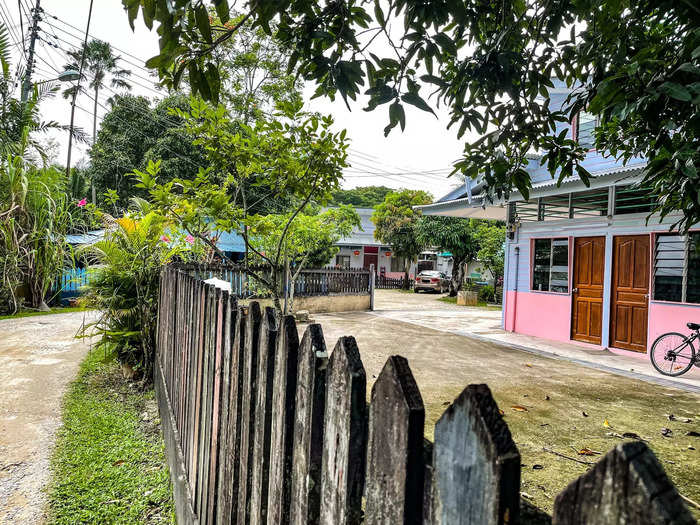
In Singapore, the majority of residents live in modern, public apartments. But the 25 families who live in Lorong Buangkok are an exception.
Lorong Buangkok is the only traditional village — what locals call a "kampong" — remaining in the city-state. A Singaporean man named Sng Teow Koon purchased the 12,248-square-meter plot of land in 1956. Today, it could be worth as much as S$70 million ($52 million).
Today, his daughter Mui Hong owns the village, which is now surrounded by high-rise apartments and modern bungalows.
At first impression, the kampong looks like a hamlet from the mid-1900s, with homes made of wood and zinc roofs (pictured above). But many residents actually enjoy the latest technology, including luxury cars, high-speed Wi-Fi, and smart TVs.
"The residents are not poor, every house has a car, [but] we want to keep the culture," Sng told Insider.
Many of the residents live in attap houses, which are common in kampongs across Southeast Asia.
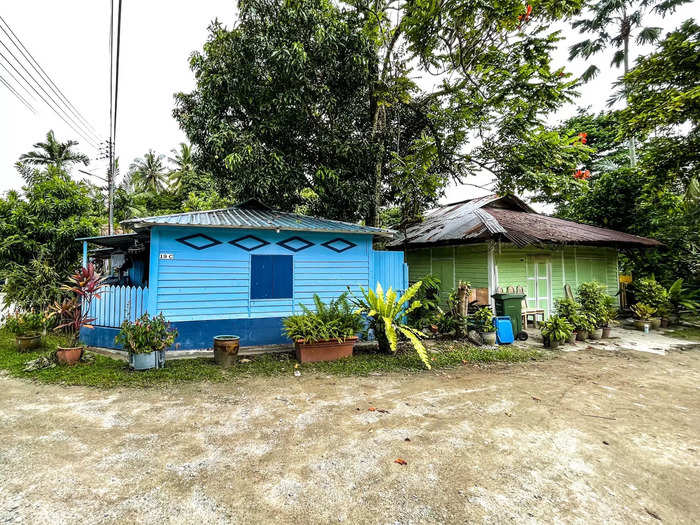
Attap houses are traditional Malay homes with thatched roofs made of attap leaves and tin.
They are the residence of choice in kampongs because the natural ventilation of the structure cools the home down in spite of the hot, tropical weather, according to professors from the University of Putra Malaysia.
While many residents live in traditional homes, they live no differently from the average Singaporean. Some work office jobs in the city center, and many buy their groceries from the local supermarket.
The homes did not always have fences — residents started barricading their properties in the late 2000s.
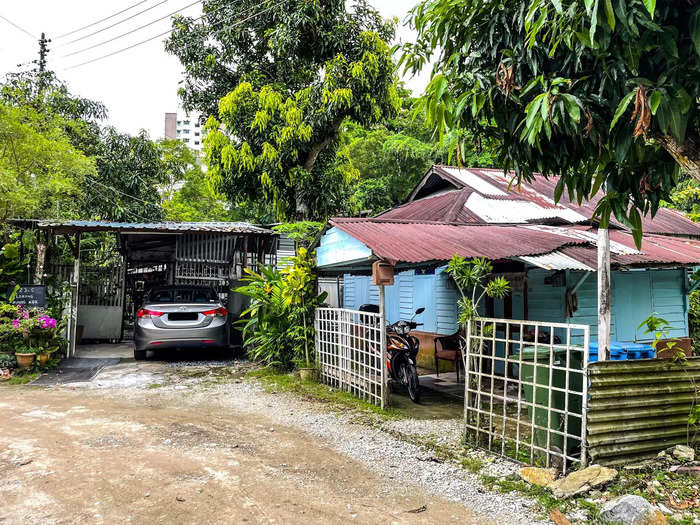
The villagers built fences to protect themselves from intruders, tour guide Kyanta Yap told me. Yap has been conducting tours in the kampong for over a year.
Yap said outsiders — including property agents and journalists — began trespassing into the residents' homes after local reports indicated the land was worth at least S$33 million ($22 million) in 2007. He said some social-media users even entered several houses to take photos for their Instagram accounts in the years that followed.
"Traditionally, the villagers believed in 'gotong royong,' a strong sense of community without boundaries," Yap said. "But now they lock their doors and gates because of the sheer number of people who have trespassed into the kampong," he added.
While Singapore is the second-most expensive country in the world to rent property in, Sng charges residents less than S$13 ($10) a month.
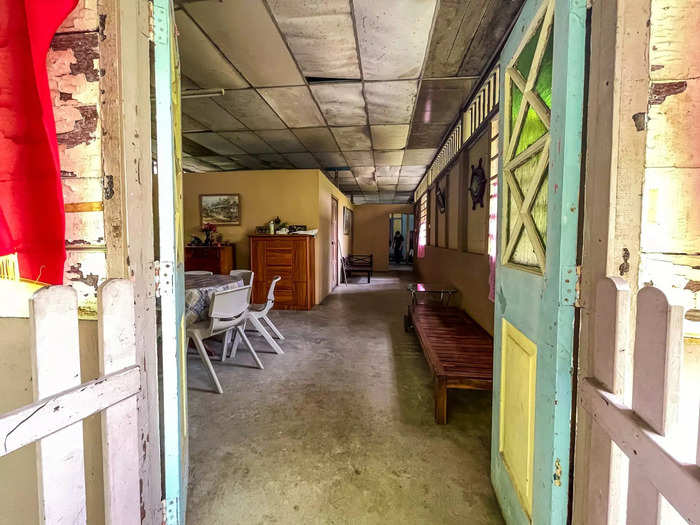
While most public apartments in Singapore are small — on average only 90 square meters (968 square feet) — the attap houses are spacious, with large backyards.
I got a look at Sng's former home (pictured above), which is at least twice the size of a studio apartment in the city-state.
Despite of the size of the properties, Sng charges her tenants between S$4 and S$13 ($3 and $9.50) a month, Yap said. Her father began renting sheds out at these prices in the 1950s and 1960s, and Sng has refused to hike prices.
In comparison, the monthly rent for a three-bedroom house in Singapore starts at S$4,000 a month.
"Why should I increase the rent as a second-generation [landlord]?" Sng said. "If I try to raise prices, they will just make noise," she added.
Sng's former home is now used as a production set because of its quintessential old-school interior, Yap said.
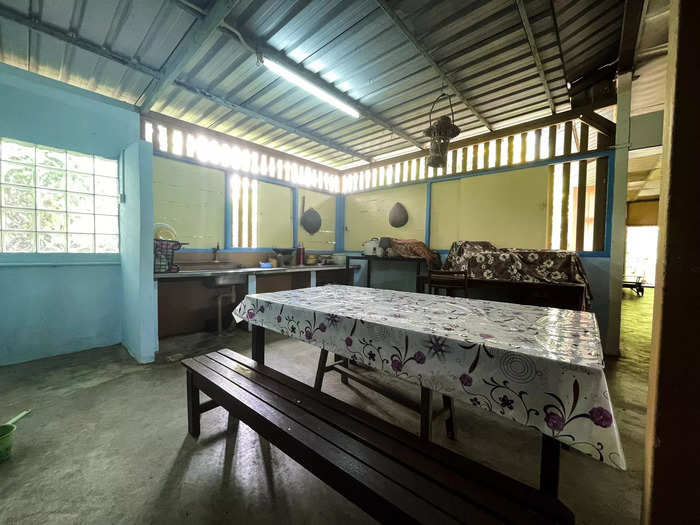
Yap said several production houses have rented the home to film local dramas and horror shows set in a kampong.
The home was replete with only the basics, including a non-electric burner for cooking. Fire starters were kept in a metal bowl with packets of rice.
In addition to lamps, florescent lights illuminate the home after dark. Unlike other houses in the kampong, there were no air-conditioning units, just two stand fans.
The bathroom was simple: Instead of a throne, there was a squat toilet.
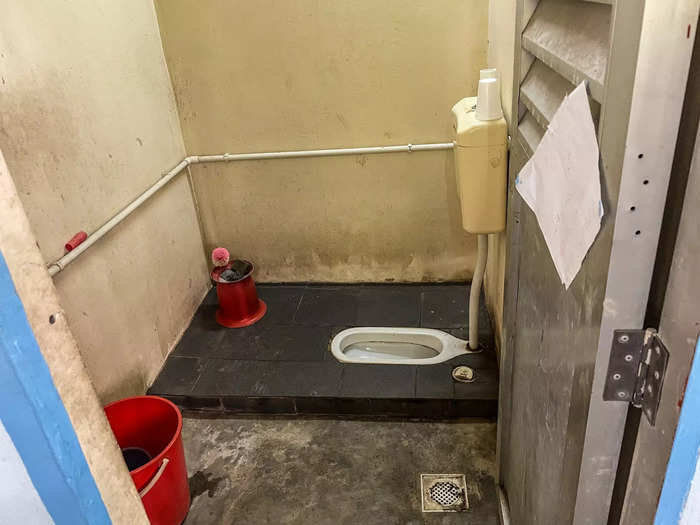
While some residents' homes in the kampong have state of the art Japanese-style toilets, Sng's former home had a small squatting pan.
Historically, many residents used latrines that were shared among the community, Yap said.
One Singaporean man who grew up in a kampong said using the latrines was "a traumatic experience," and that there was often the sight of worms and blood. Latrines were replaced by home toilets in the 1970s.
As many of the residents are Malay, the kampong has a surau, a place of worship for Muslims.
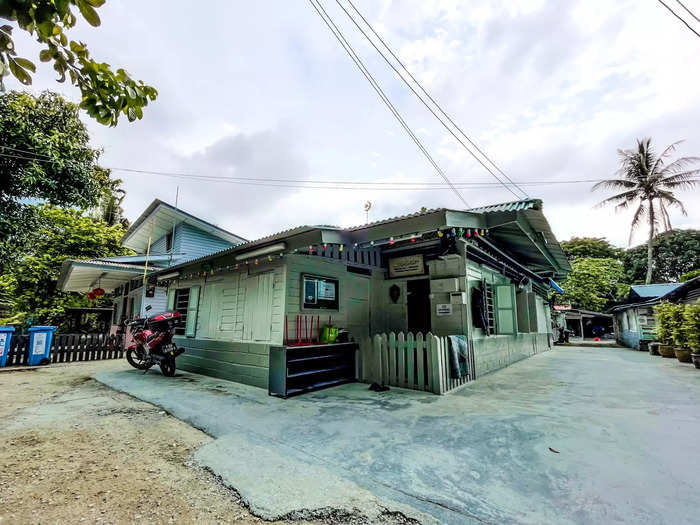
In Singapore, 13.2% of the population is Malay, the majority of whom are Muslim.
Half of the residents in the kampong are Malay-Muslim, Yap said.
The kampong's residents built the surau in the 1960s. The building, which is the only house of worship in the kampong, can accommodate up to 200 people.
The surau serves not only the Muslim residents of the kampong, but also Muslims who live elsewhere in the city-state.
While the kampong feels like a different world from the rest of Singapore, towering blocks of public apartments nearby are a constant reminder of where it really is: in the middle of a modern city-state.
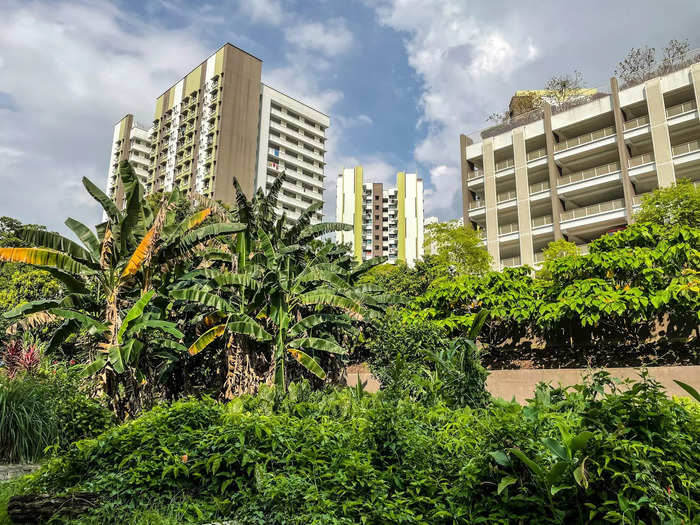
Life in the kampong is in many ways a reminder of what Singapore used to be like, but reminders of its modern surroundings are everywhere. Sng's elder siblings have moved out of the kampong to live in high-rise apartments nearby. The number of residents in the kampong has dwindled from 40 families to 25.
The government plans to redevelop the kampong in the future, per local reports. Several groups, however, have campaigned for its conservation.
While the future of the kampong remains a contentious issue in the city-state, Sng remains devoted to the only place she's ever called home.
"I like taking care of the village, I make sure everyone is okay," she said. "As long as I do good, heaven will protect me."
READ MORE ARTICLES ON
Popular Right Now
Advertisement